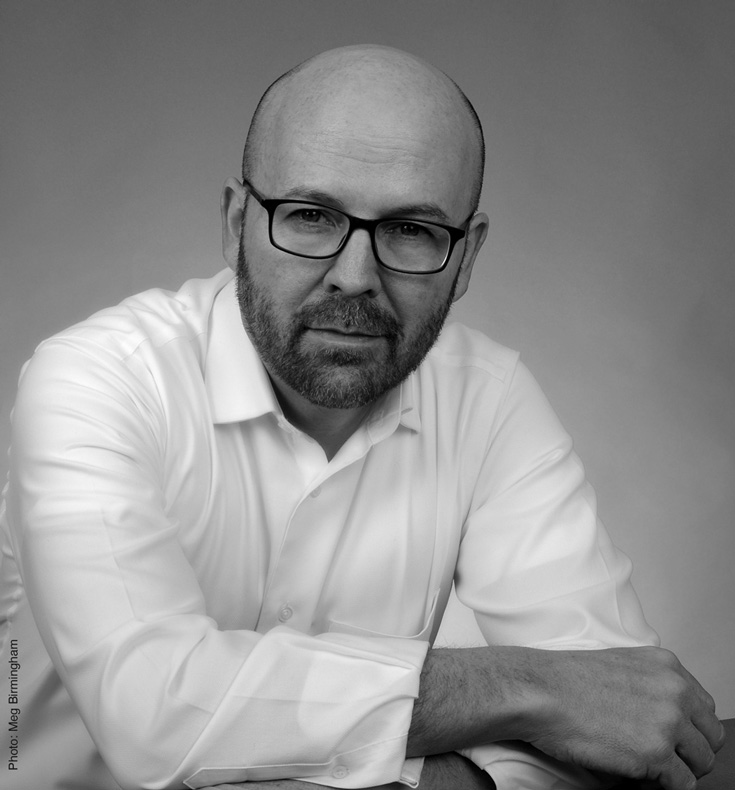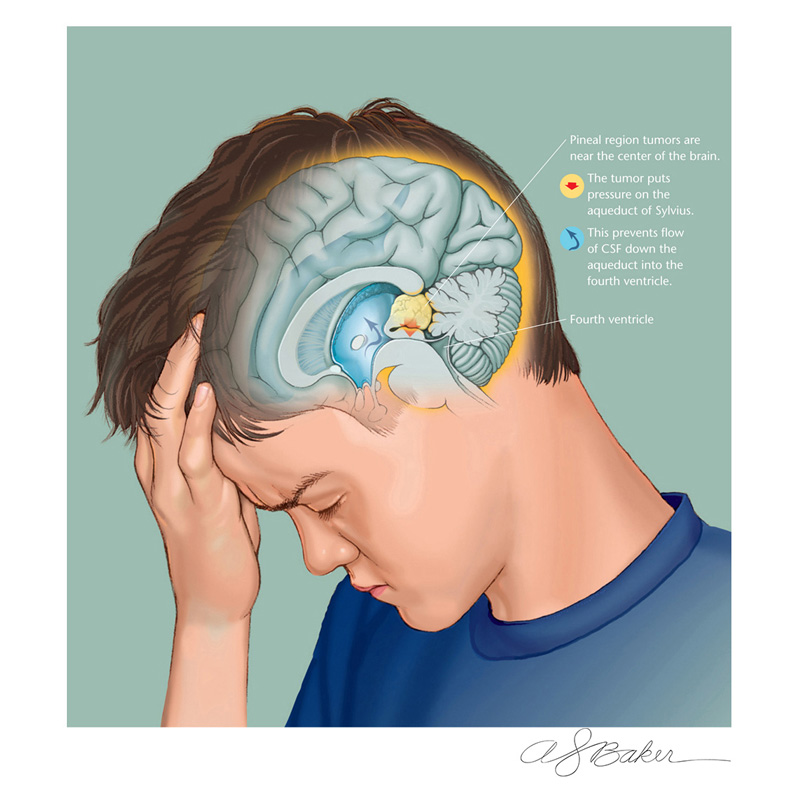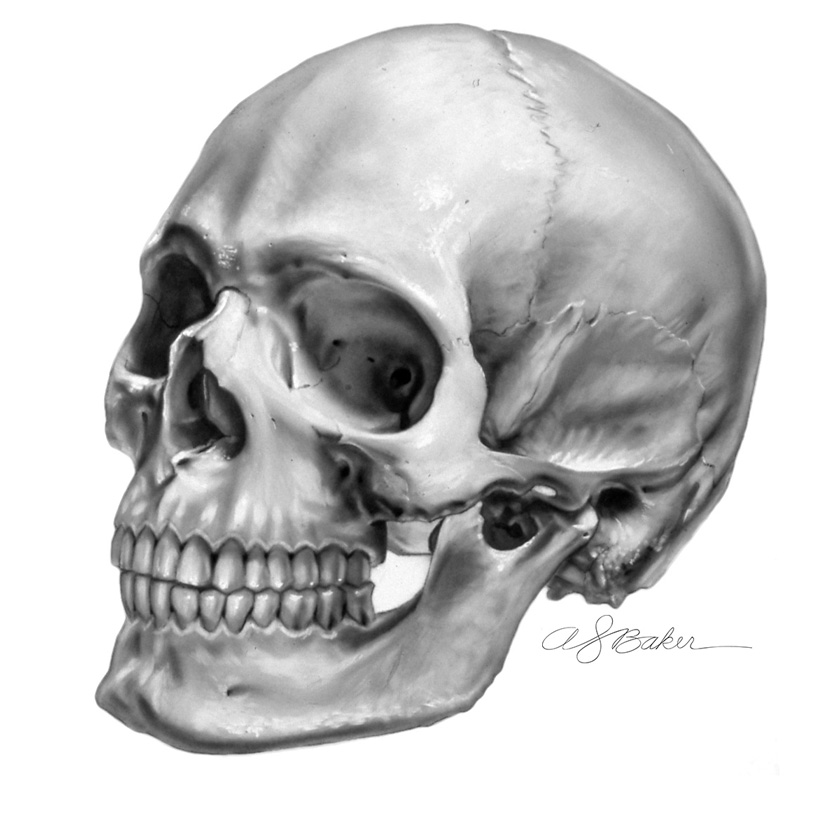Medical illustrations require equal parts art and science

If you’d told Anthony Baker when he was an undergrad at Columbus College of Art & Design in the 1980s that he’d have a fulfilling career in medical illustration, it wouldn’t have computed. He had no idea there was such a thing when he left CCAD in 1986 with a BFA in Illustration and started a boutique agency with a friend. But by 1991, he had another bachelor’s degree, this time in medical illustration from Ohio State University. That’s where he works now, illustrating articles and books for doctors and researchers, advancing the understanding of medical concepts through his images. We’ll let him fill in the gaps:

Simple color illustration for a children’s hospital magazine article informing general public of minimally invasive treatments for dermoid cysts around the eye, the most common periorbital tumor found in children.
________
“People come into this job from the science side or the art side. If they’re like me, they go through art school or have a strong art background and need to build up their science background. At OSU, once I was in the program, I took gross anatomy, histology, physiology with the medical students. It’s Medicine 101 — you don’t learn as much as the doctors, but you get an overview. The art side is a lot of drawing from life, learning techniques for how to represent something naturalistically. It’s all about being accurate. What I do now works very well with my creative disposition. I like the limit that it has to be for teaching, and I can work creatively within that sphere much better than if I can do whatever I want. So I’d say this is good work for someone who doesn’t want to be an abstract expressionist."

Illustration for pediatric magazine to accompany article describing how children with tumors of the pineal gland can present with headaches due to a buildup of cerebrospinal fluid.
________
"A lot of this is storytelling. The doctor comes to you with a story. It’s his or her research or a surgical procedure, but it’s a story. Any student who enjoys explaining things to other people, and if they like science and like to know how things work, have a good sense of cause and effect, those are really good qualities to have. Of course, drawing skills and being able to draw what you see is important. You have to have good time management skills and be self-motivated.
At CCAD, I had nine classes and assignments in every class. You have to learn how to manage your time. I have that even now; time management is always an issue. At CCAD, I learned to work hard. That’s been very helpful in my career. And my instructors were always encouraging us to sketch and draw. I recently picked it back up. It’s a great record of things that happened, and a great way to hone my skills.
One of the classes I enjoyed the most at CCAD was figure drawing. The teacher, Nathaniel Larrabee, would always talk about what’s underneath the surface of the skin. He would have us go to the museum and look at portraits and try to draw the skull underneath. The underlying structure is why the body looks the way it does."

Student project from OSU medical illustration program using traditional carbon dust illustration technique. This technique was pioneered in the early 1900s by Max Brödel, the father of modern medical illustration.
________
"I get to work on a variety of things. Before this, I worked for Nationwide Children’s doing the same thing, but that was more of a marketing environment. I like being in an environment that’s better suited to education. Ohio State is my ideal.
This is still a vital profession. People say, ’Why do we still need medical illustrators? Aren’t there enough pictures of brains and bones?’ There are always things that can’t be seen, concepts that need to be described with pictures. We still need medical illustrators.” — As told to CCAD
________
If Baker’s words speak to you and your skills, drop him a line. He’d be happy to chat or invite you to his office for a visit. Find him at Anthony.Baker@osumc.edu.
________
Read more in our series CCAD Means Success.
________
Learn more about CCAD or apply here.